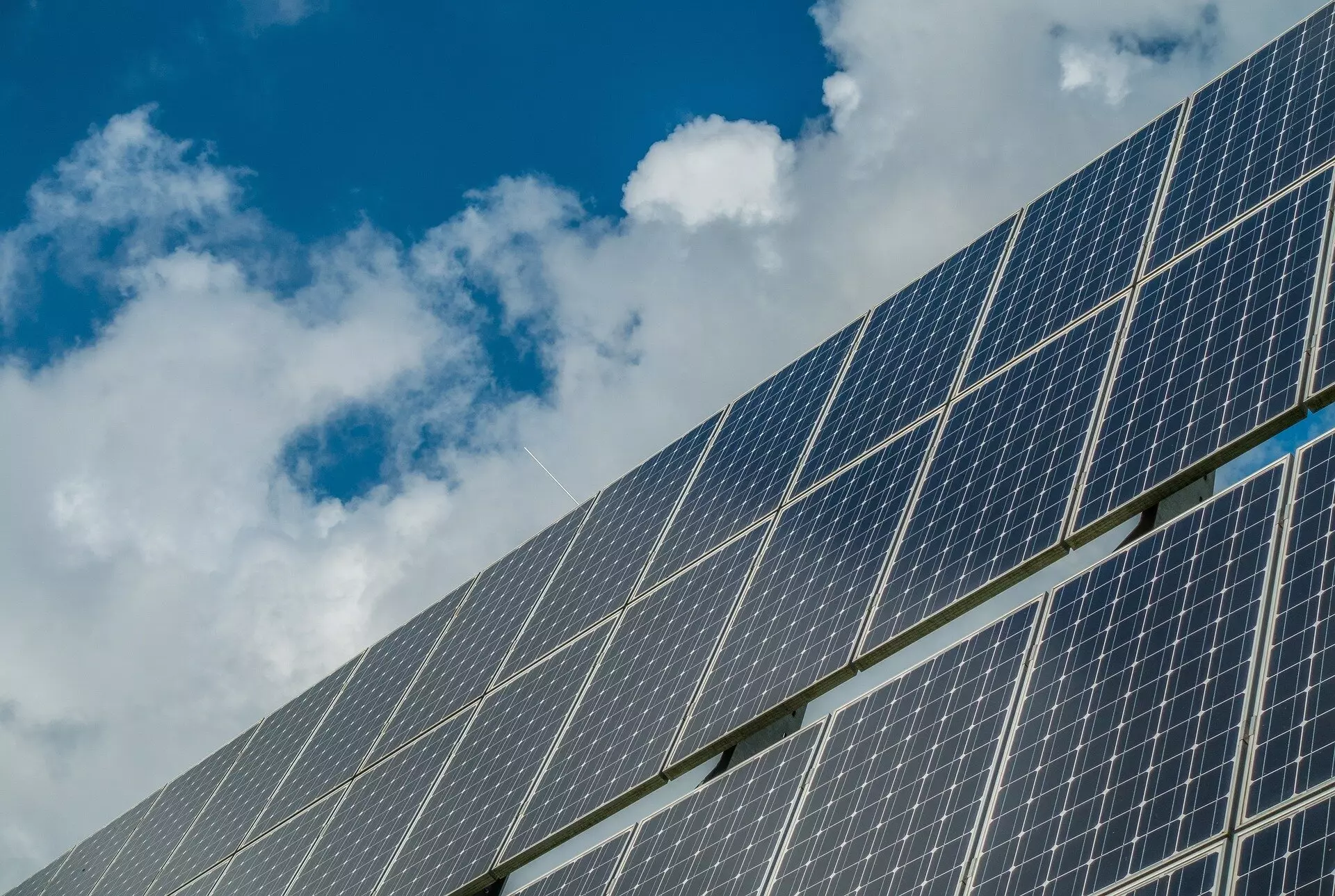Lower-income communities in the United States have historically lagged behind their wealthier counterparts in adopting solar power technology. Despite available tax incentives and financial assistance from local and federal agencies, residential solar installation has remained challenging in disadvantaged neighborhoods. This disparity, known as the “solar equity gap,” has posed a significant obstacle to promoting renewable energy access for all. However, a recent study led by researchers at Stanford University sheds light on a promising solution to bridge this gap by focusing on commercial and industrial rooftops.
The study reveals that non-residential rooftops, such as those on commercial buildings and factories, have the capacity to generate solar power that can benefit both the property owners and the surrounding communities. Contrary to the widening gap in residential solar deployment between affluent and disadvantaged areas, non-residential buildings offer a more promising avenue for increasing solar energy production in lower-income neighborhoods. The unused capacity of commercial rooftops presents a valuable opportunity to leverage solar resources for the greater good.
One of the key findings of the study is that non-residential rooftops in disadvantaged communities generate 38% less electricity than in wealthier areas. This discrepancy underscores the need for targeted interventions and incentives to promote solar adoption among commercial enterprises and industrial sites in lower-income neighborhoods. By leveraging government incentives and funding programs, such as the Inflation Reduction Act of 2022, these businesses can play a vital role in expanding solar energy access and reducing reliance on traditional grid systems.
The researchers estimate that solar arrays on non-residential buildings could potentially meet over one-fifth of the annual residential electricity demand in nearly two-thirds of disadvantaged communities. Moreover, the cost of producing solar power from commercial and industrial rooftops is often lower than residential electricity rates, making it an economically viable solution for both property owners and local residents. By harnessing the power of solar technology, lower-income communities can not only reduce their carbon footprint but also realize tangible economic benefits and enhanced energy security.
To maximize the impact of non-residential solar installations, additional measures such as battery storage and the development of microgrids may be necessary. While these upgrades entail additional costs, they are essential for ensuring reliable and efficient energy delivery to residential areas. By implementing community-based subscription models and leveraging economies of scale from commercial and industrial sites, lower-income residents can access clean and affordable solar power without the need for individual rooftop panels.
The integration of solar technology in commercial and industrial sectors represents a significant opportunity to empower lower-income communities and promote energy equity. By focusing on non-residential rooftops as a viable source of solar energy production, researchers and policymakers can accelerate the transition towards a more sustainable and inclusive energy system. Through strategic investments, supportive policies, and community engagement, we can unlock the full potential of solar power to benefit all members of society, regardless of income level.



Leave a Reply